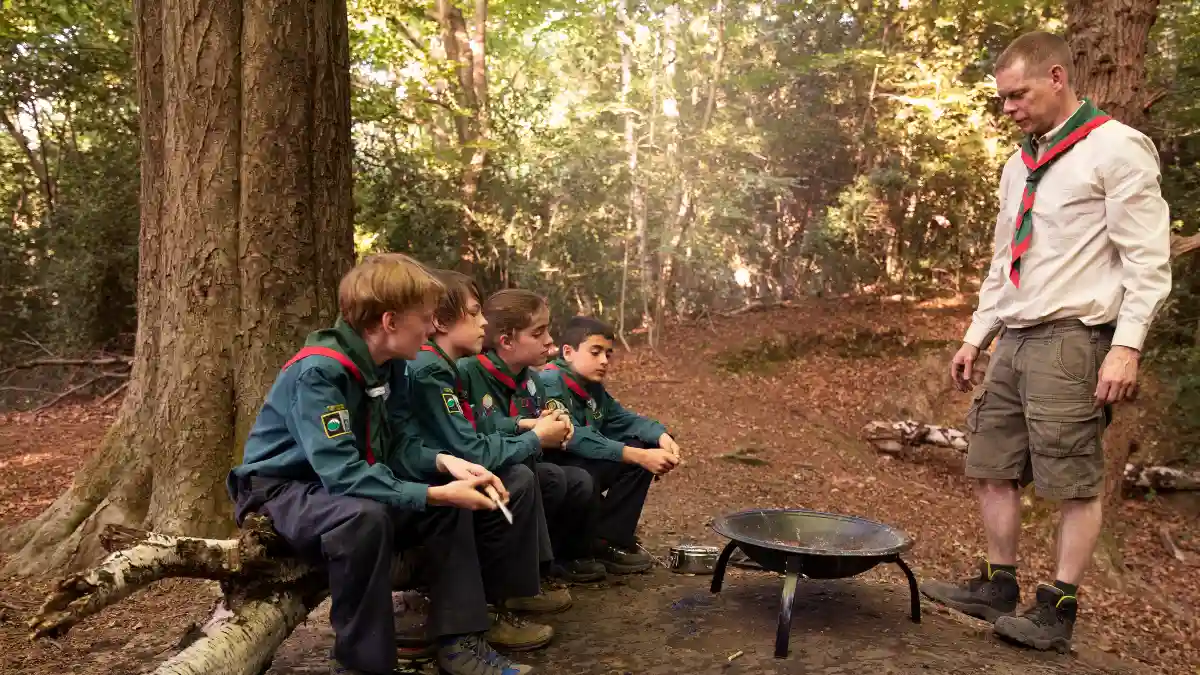In 2024, America faced 27 billion-dollar disasters—one every 12 days. Yet only 51% of us feel prepared for emergencies. The gap between those who survive and those who don’t often comes down to basic skills, not fancy gear or special training.
These 21 essential skills follow the “Rule of 3s”—prioritizing what you need most urgently in a crisis. From mastering your mindset to building shelter, finding water, and signaling for help, each skill builds on the next to create true preparedness.
You don’t need to be a survival expert. You just need to start learning today, before the next disaster strikes.
1. The Survival Mindset: Your Most Critical Survival Tool
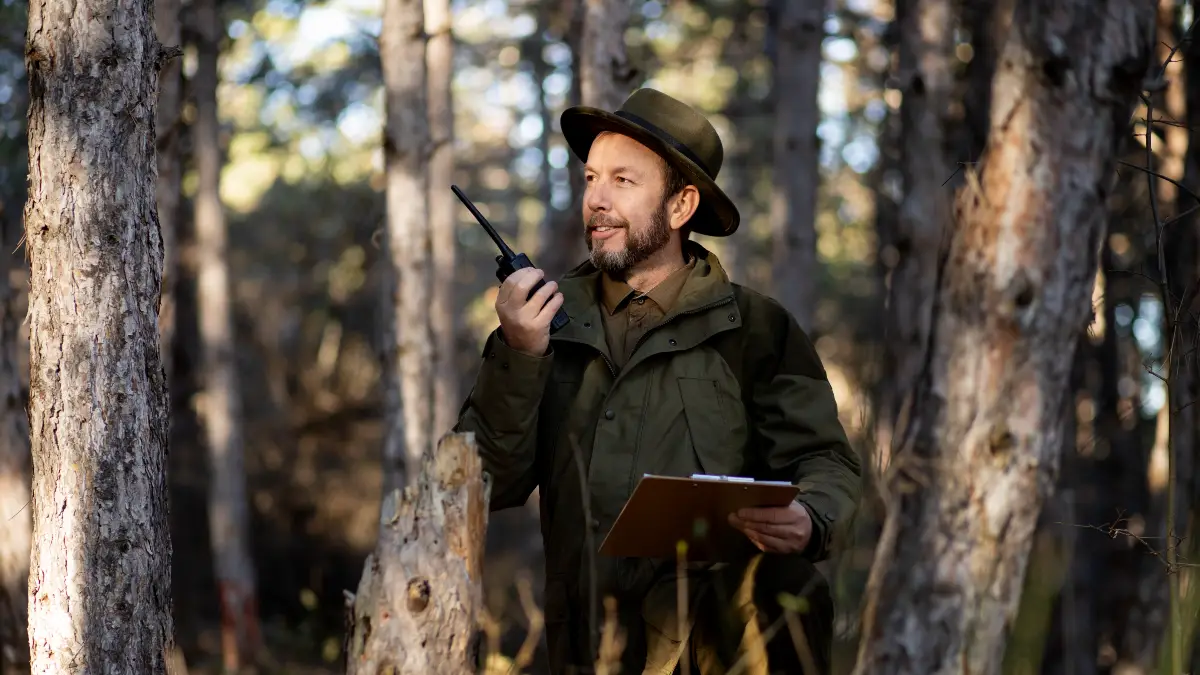
Your brain is your most valuable survival asset. According to the Wilderness Awareness School, developing a strong survival mindset is the #1 skill that separates survivors from victims.
When disaster strikes, your mental state determines everything that follows. The SPEAR method gives you a simple framework. Stop (calm yourself), Plan (assess options), Execute (take action), Assess (evaluate results), and Re-evaluate (adjust as needed).
This prevents the spiral of panic that wilderness experts confirm kills more people than lack of resources or skills.
Studies show most survival failures happen because of poor decisions made during panic, not lack of equipment or knowledge. Your ability to stay calm and think clearly can mean the difference between life and death.
Take inspiration from 12-year-old Donn Fendler, who in 1939 survived nine days alone in Maine’s wilderness after getting separated from his family on Mt. Katahdin.
Despite harsh conditions, he relied on his Boy Scout training and kept a positive mindset, making rational decisions that saved his life.
Practice tip: Simulate stress by timing yourself setting up camp in bad weather to build mental resilience.
2. Shelter Building: Protection from the Elements
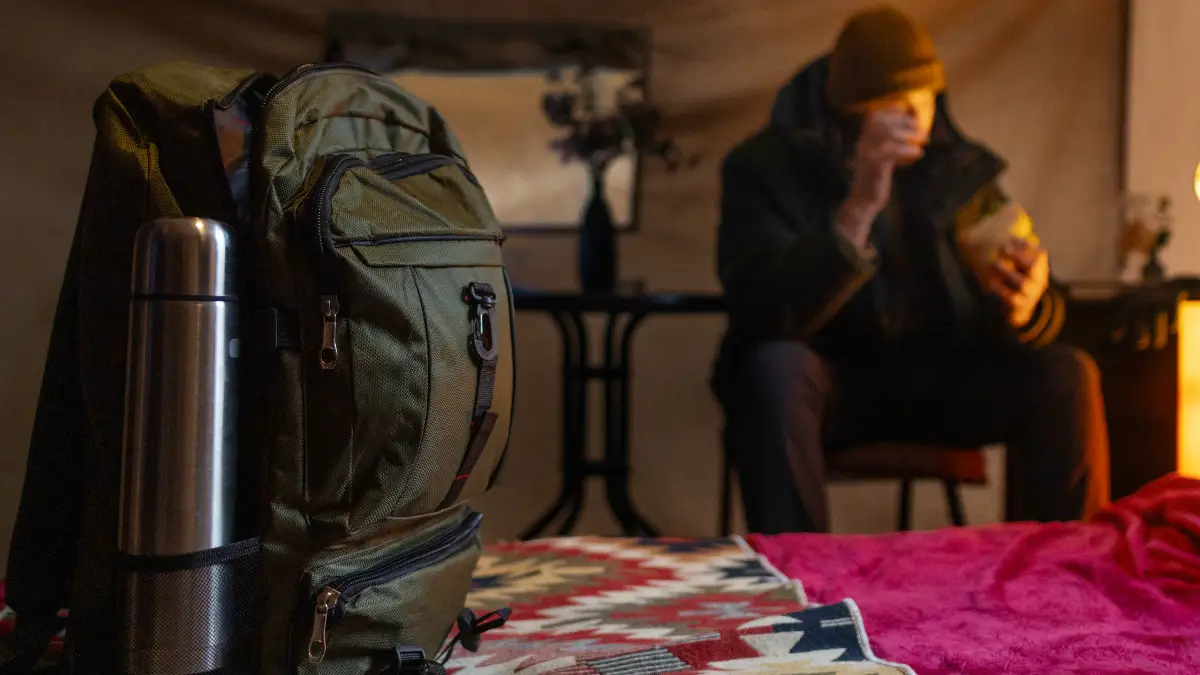
In survival situations, exposure kills fast. The survival “Rule of 3s” states you can survive only three hours in extreme conditions without adequate shelter. With 2024 breaking both heat and cold records across the U.S.
Shelter-building has become even more critical for 2025 preparedness. Hypothermia remains the #1 killer in wilderness emergencies, claiming more lives than any other survival threat.
Your body loses heat 25 times faster when wet, making proper shelter your immediate priority after maintaining mental composure.
Master these three shelter types based on your situation:
- Debris hut: Best for solo wilderness survival with no equipment
- Lean-to: Quick to build when you have a tarp or plastic sheet
- Tarp shelter: Most versatile when you have minimal gear
For a quick debris hut, find a ridgepole (long branch) and prop it between a tree and the ground. Lean shorter branches along both sides to create a ribbed frame. Then pile at least 2 feet of leaves, pine needles, or other debris over the entire structure for insulation. Keep the interior just big enough for your body—smaller spaces warm up faster.
Location tip: Choose high ground away from water paths and dead overhead branches.
3. Fire Starting: Your Multi-Purpose Lifesaver
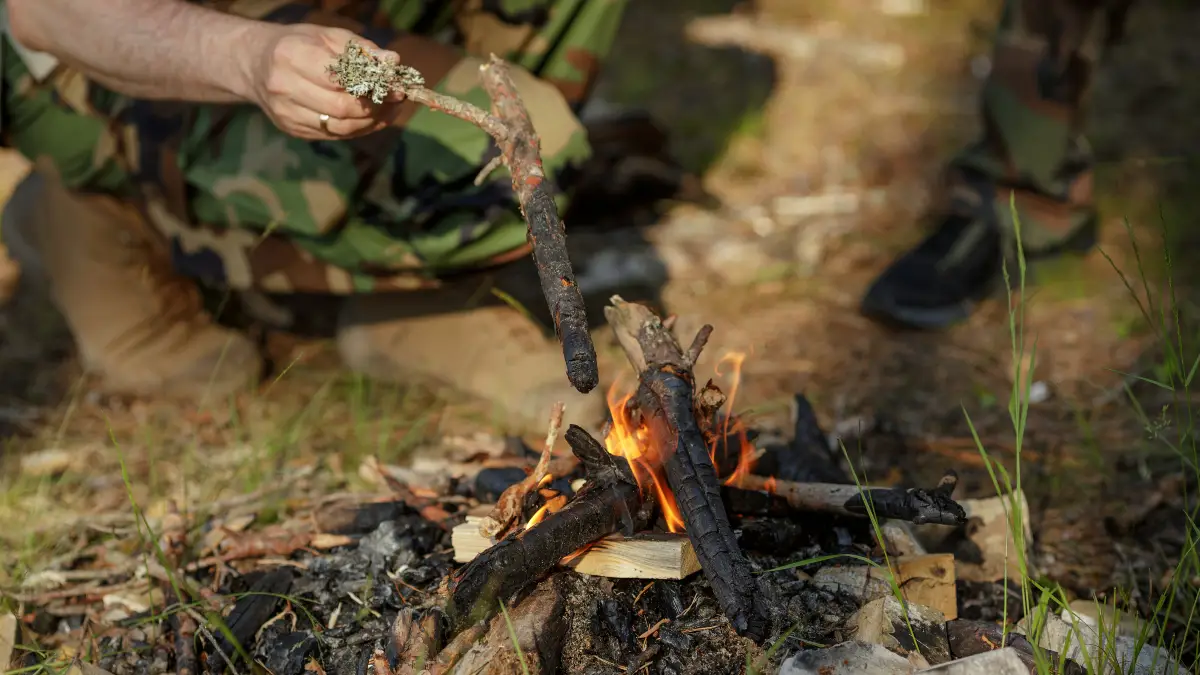
Fire is what the Wilderness Awareness School calls “the king of survival techniques”—and for good reason.
A single flame provides warmth, water purification, food cooking, predator deterrence, tool creation, and critical psychological comfort.
Survival Life ranks fire-making as the #1 essential skill for 2025, especially with increasing extreme weather events. Yet even experienced outdoorspeople struggle when conditions aren’t perfect.
Master these methods in order of reliability:
- Ferrocerium rod (ferro rod): Works when wet, provides 12,000+ strikes, and costs under $15
- Waterproof matches: Simple but limited in quantity
- Bow drill: Requires no tools but demands significant practice
The key to fire mastery isn’t knowing how to start one—it’s being able to create flame in adverse conditions. Practice starting fires in the rain, with damp materials, and in windy conditions.
Your goal should be starting a fire within 10 minutes regardless of weather. Always carry at least three fire-starting methods. A ferro rod should be your primary tool, with waterproof matches and a lighter as backups.
These small items weigh almost nothing but can save your life when temperatures drop.
Practice challenge: Start three different fires this weekend using different methods.
4. Water Procurement & Purification: Hydration Essentials
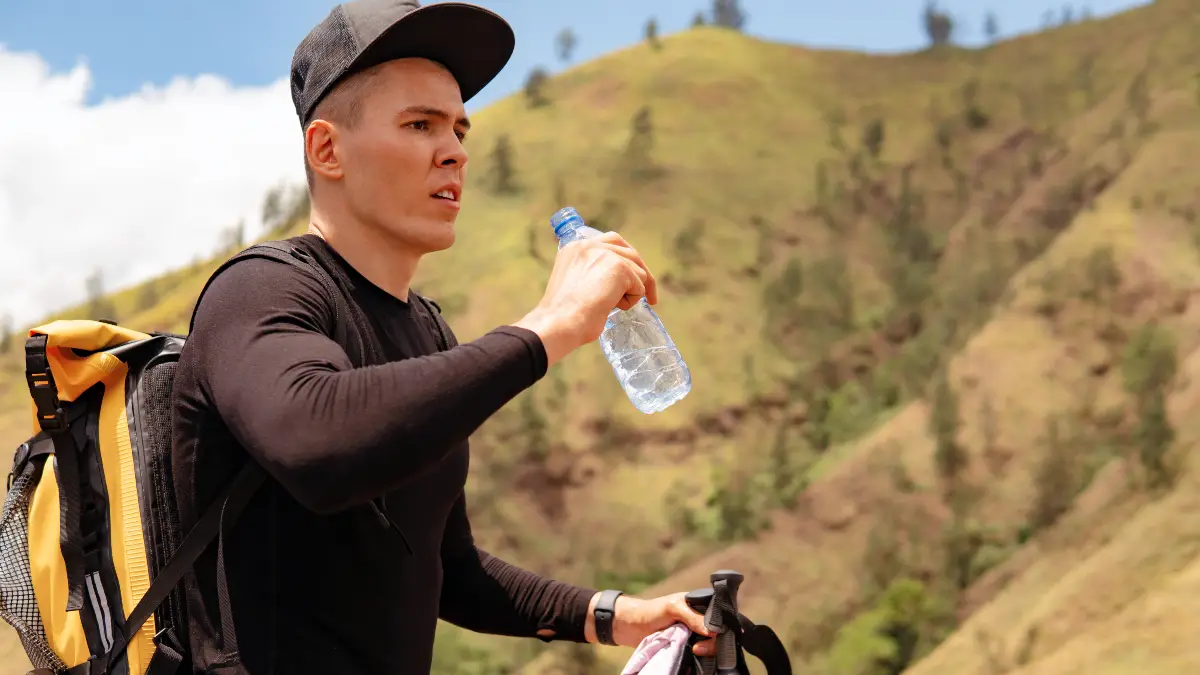
You can survive roughly three days without water—but your decision-making becomes impaired after just 24 hours of dehydration. With 54% of the U.S. experiencing drought conditions in 2024, according to NOAA data, water skills are increasingly vital.
An average adult needs about one gallon of water daily for drinking and basic hygiene. Finding and purifying water should be your priority after shelter and fire.
Master these four reliable purification methods:
- Boiling: Most reliable method—maintain a rolling boil for at least 1 minute (3 minutes at high elevations)
- Filtration: A Sawyer Mini filter ($20) removes 99.99% of bacteria and parasites
- Chemical treatment: Tablets are lightweight backup options
- Solar still: Last resort in extreme conditions
Never drink untreated water in survival situations. Even clear mountain streams can contain microscopic pathogens that cause debilitating illness when you’re already vulnerable.
The best approach combines methods: filter water first to remove particulates, then either boil it or use chemical treatment as a second layer of protection.
Quick tip: Clean water bottles regularly—contaminated containers can reinfect purified water.
5. Wilderness First Aid: Treating Injuries When Help Is Far Away
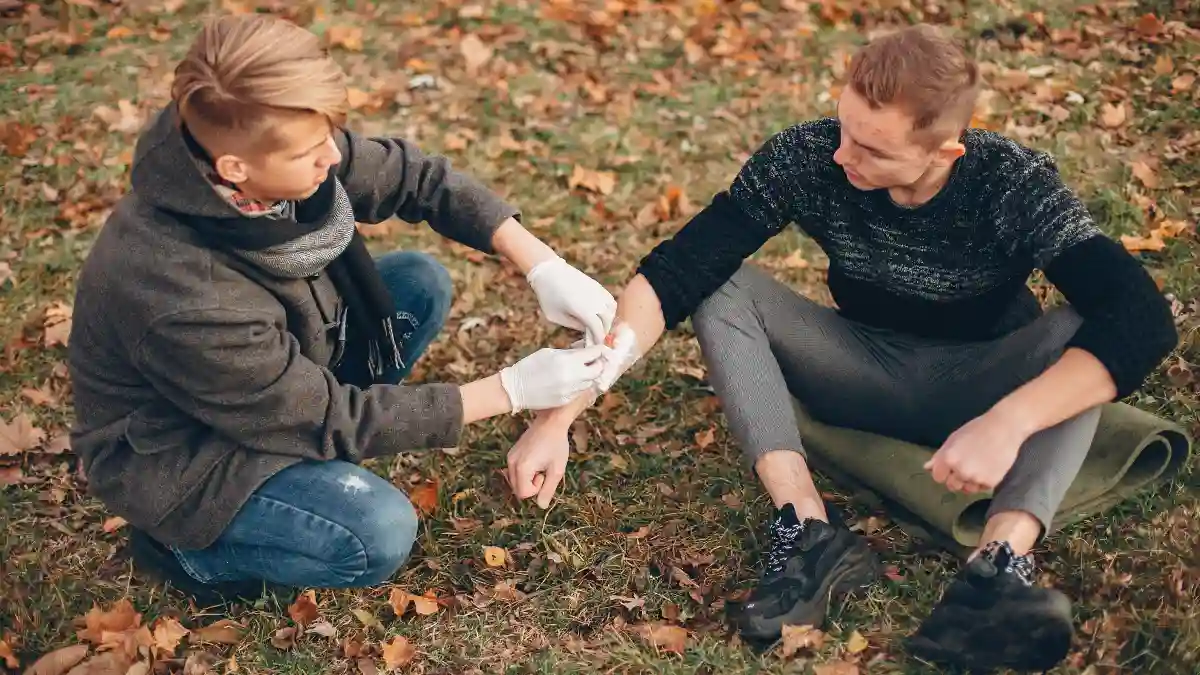
When you’re miles from medical care, even minor injuries can become life-threatening. Wilderness first aid differs from standard first aid because you might need to treat injuries for hours or days, not minutes.
Focus on mastering these critical skills:
- Bleeding control: Direct pressure, wound packing, and improvised tourniquets
- Fracture stabilization: Proper splinting techniques using available materials
- CPR: The latest FEMA guidelines emphasize hands-only CPR for 2025 (30 compressions followed by 2 breaths)
- The ABCs: Airway, Breathing, Circulation assessment framework
NOLS Wilderness Medicine, the gold standard in outdoor medical training, emphasizes: “In wilderness settings, your priority assessment should always begin with scene safety and the ABCs, then address issues in order of threat to life.”
The Red Cross responds to over 65,000 disasters annually, with 95% of disaster relief workers being volunteers with first aid training. Taking a 2-day Wilderness First Aid certification course ($200-300) gives you skills that could save a life—including your own.
Action item: Schedule a Wilderness First Aid certification course this month through NOLS, REI, or your local wilderness school.
6. Navigation Without Technology: Finding Your Way Home
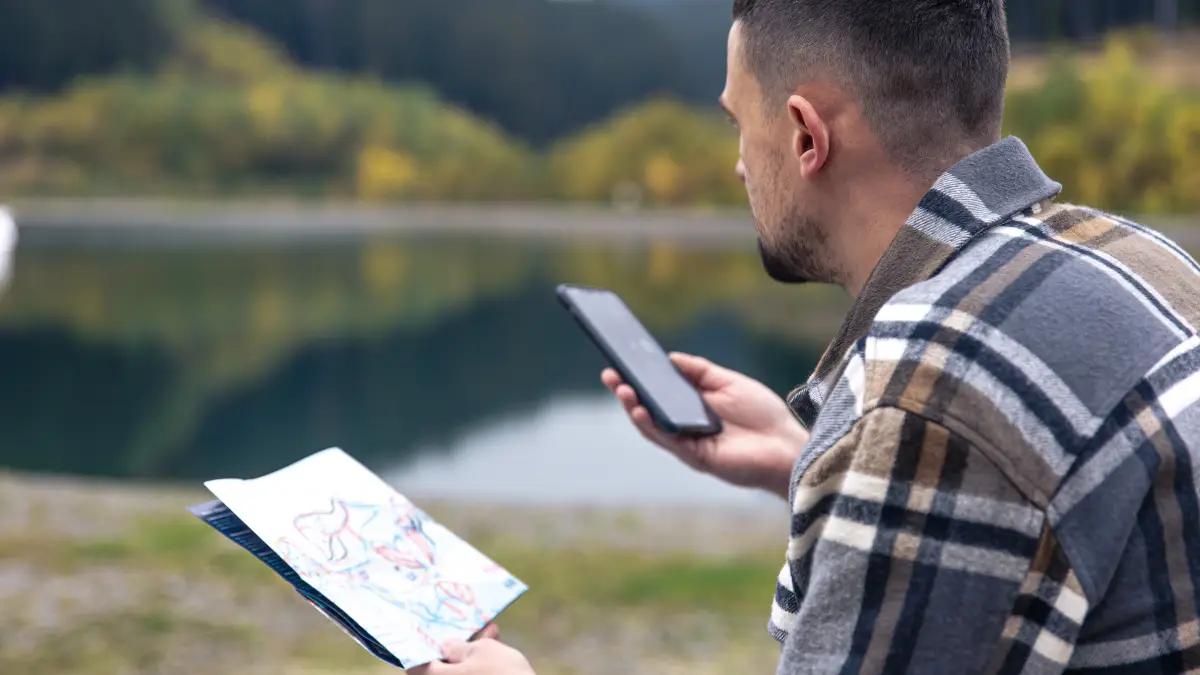
GPS devices fail. Batteries die. Cell signals disappear. When technology lets you down, basic navigation skills become your lifeline.
Learning to navigate using non-electronic methods helps you:
- Find your way back to safety
- Locate water sources
- Avoid hazardous terrain
- Signal your location to rescuers
Start by mastering these three essential skills:
- Map reading: Understanding topographic maps and terrain association
- Compass use: Taking and following bearings accurately
- Natural navigation: Using the sun, stars, and natural indicators
Even a simple analog watch can help determine direction—point the hour hand at the sun, and south is halfway between the hour hand and 12 o’clock (in the Northern Hemisphere).
Always carry a paper map and compass as backups to any electronic devices. Unlike GPS units, these tools never need batteries and work in all weather conditions.
Practice challenge: Go to a local park with a map and compass, and navigate to three specific locations without using your phone.
7. Signaling for Help: Getting Rescuers’ Attention
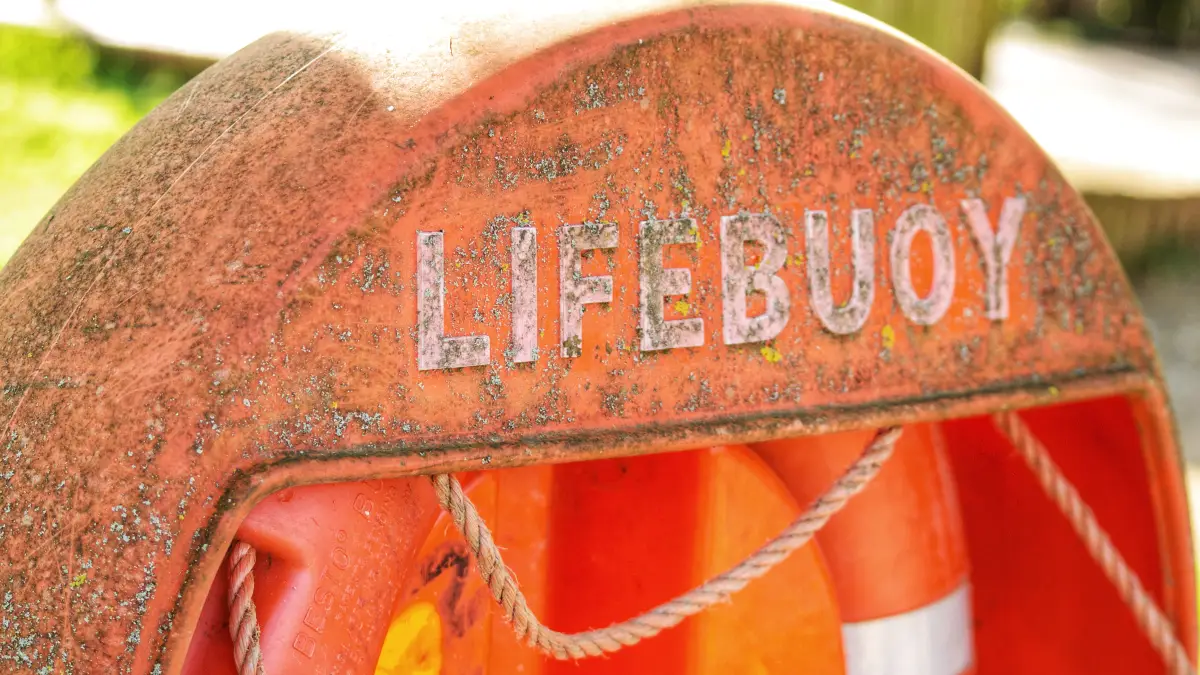
When you’re lost or injured, getting rescued quickly dramatically increases survival chances. Effective signaling can cut days or even weeks off your wait time.
The universal distress signal is three of anything—three fires in a triangle, three whistle blasts, three gunshots, or three flash reflections. This pattern is internationally recognized as a call for help.
Most effective signaling methods include:
- Three fires arranged in a triangle: Space them about 100 feet apart
- Signal mirror: Can be seen up to 10 miles away on a clear day
- Whistle: Three short blasts, pause, repeat (carries further than yelling)
- Ground markers: Create large “SOS” or “X” symbols visible from aircraft
Always carry a whistle and signal mirror in your survival kit. A whistle requires minimal energy to use (important if injured) and can be heard much farther than shouting. Signal mirrors work even on partly cloudy days and require no batteries.
Gear tip: Wear bright-colored clothing (orange, red, yellow) when in remote areas to increase visibility to search teams.
8. Food Procurement & Foraging: Sustenance in the Wild
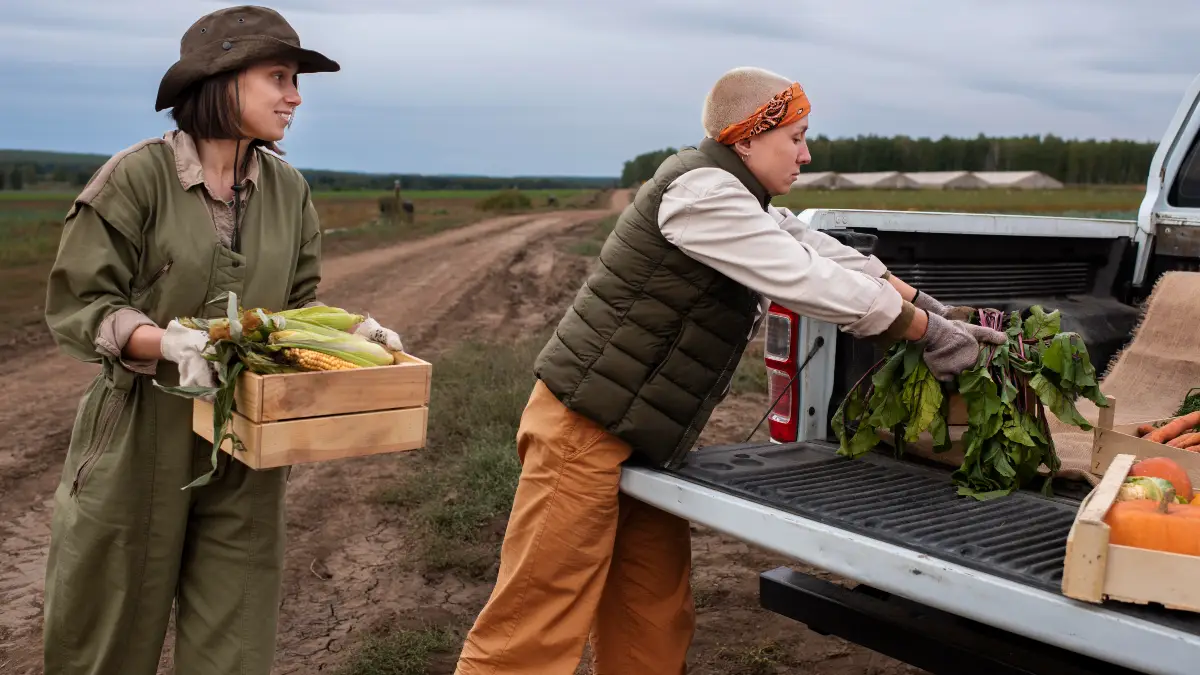
You can survive approximately three weeks without food—making it a lower priority than shelter, fire, and water. However, in extended emergency situations, food becomes essential for maintaining strength and morale.
Focus on these accessible food sources:
- Plants: Cattails (the “supermarket of the swamp”), dandelions (entirely edible), berries, and lamb’s quarters
- Small game: Basic snares and traps for squirrels and rabbits
- Fish: Improvised fishing with minimal equipment
- Insects: High in protein and widely available (crickets, grasshoppers, ants)
The cardinal rule of foraging is absolute certainty—never eat any plant unless you’re 100% sure of its identification. Many edible plants have toxic lookalikes that can cause serious illness or death. Start by learning just 5-10 common edible plants in your region.
Safety warning: Avoid mushrooms unless you’re an expert. Even experienced foragers sometimes mistake deadly varieties for edible ones.
9. Knot Tying Essentials: Securing Your Survival
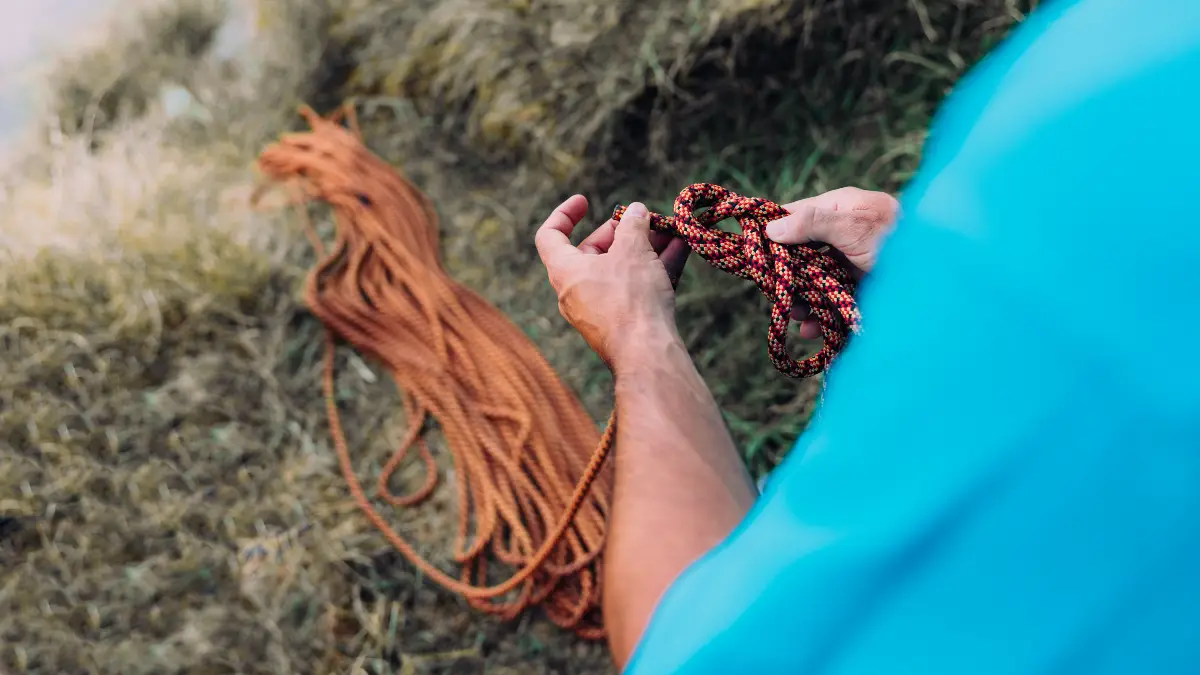
Knowing how to tie the right knot at the right time serves countless survival functions. From building shelters to securing gear, making snares, or creating rescue equipment, knot skills are fundamental to wilderness survival.
Master these five essential knots:
- Bowline: Creates a fixed loop that won’t slip or tighten under load
- Square knot: Joins two ropes of equal thickness
- Clove hitch: Quickly secures a line to a post or tree
- Figure-8: Strong, reliable stopper knot
- Taut-line hitch: Adjustable knot perfect for tent guylines
Carrying 50 feet of paracord gives you tremendous versatility when combined with knot knowledge. Practice until you can tie each knot without looking, as you may need these skills in darkness or bad weather.
Weekend challenge: Master one knot per day this week, practicing until you can tie it in under 30 seconds.
10. Building Emergency Kits: Your First Line of Defense
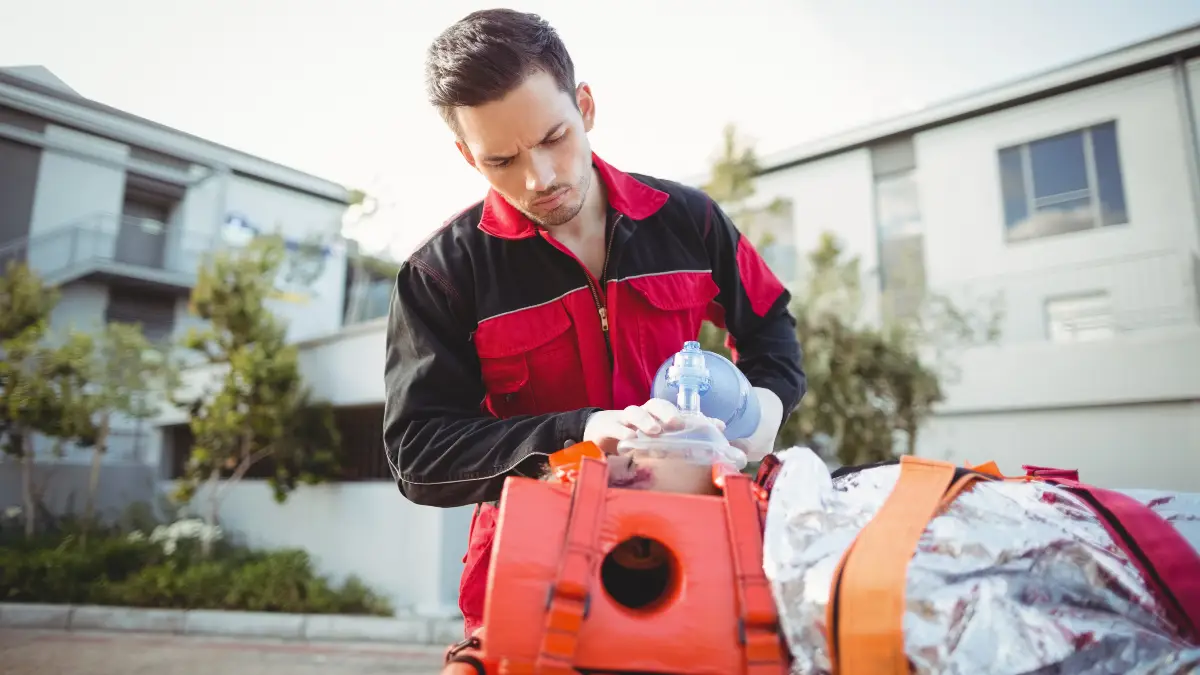
Despite 27 billion-dollar disasters in 2024, only 48% of Americans have emergency supplies ready (though this is up from 33% in 2022). Your emergency kit is your first practical step toward real preparedness.
Ready.gov emphasizes that every household needs at minimum a 72-hour kit that can sustain you when services and utilities fail. FEMA’s “Resolve to be Ready” 2025 campaign focuses on this critical first step because it’s simple but life-saving.
Your basic kit should include:
- Water: 1 gallon per person per day (3 gallons minimum)
- Non-perishable food: Canned goods, energy bars, dried fruits
- First aid supplies: Bandages, antiseptics, prescription medications
- Battery or hand-crank radio: For emergency broadcasts
- Flashlights and extra batteries
- Copies of important documents in waterproof container
- Cash in small denominations
Store your kit in something portable—a backpack or rolling suitcase works well. Keep it somewhere easily accessible during emergencies, not buried in a hard-to-reach closet.
Quick tip: Set a reminder to check your kit every six months. Replace expired food, medications, and refresh water supplies.
11. Family Emergency Planning: Keeping Loved Ones Safe

When disaster strikes, families often get separated. A clear emergency plan keeps everyone safe and connected. The 2024 National Preparedness Month theme—”Preparedness Starts at Home”—emphasized this exact point.
Your family emergency plan should include:
- Meeting places: One near home and one outside your neighborhood
- Communication strategy: How you’ll contact each other if separated
- Evacuation routes: At least two ways out from home and neighborhood
- Emergency contact list: Including an out-of-state contact (often easier to reach)
- Responsibilities: Who grabs what, who helps children or elderly family members
Actually practice your plan. Run drills quarterly so everyone—especially children—knows exactly what to do without panicking. Studies show families who practice their emergency plans respond more effectively during actual disasters.
Make sure everyone carries a contact card with emergency numbers. For children, include authorization for emergency medical treatment if you can’t be reached immediately.
Action step: This weekend, sit down with your family and create your plan. Then schedule your first practice drill.
12. Hands-Only CPR & Bleeding Control: Skills That Save Lives
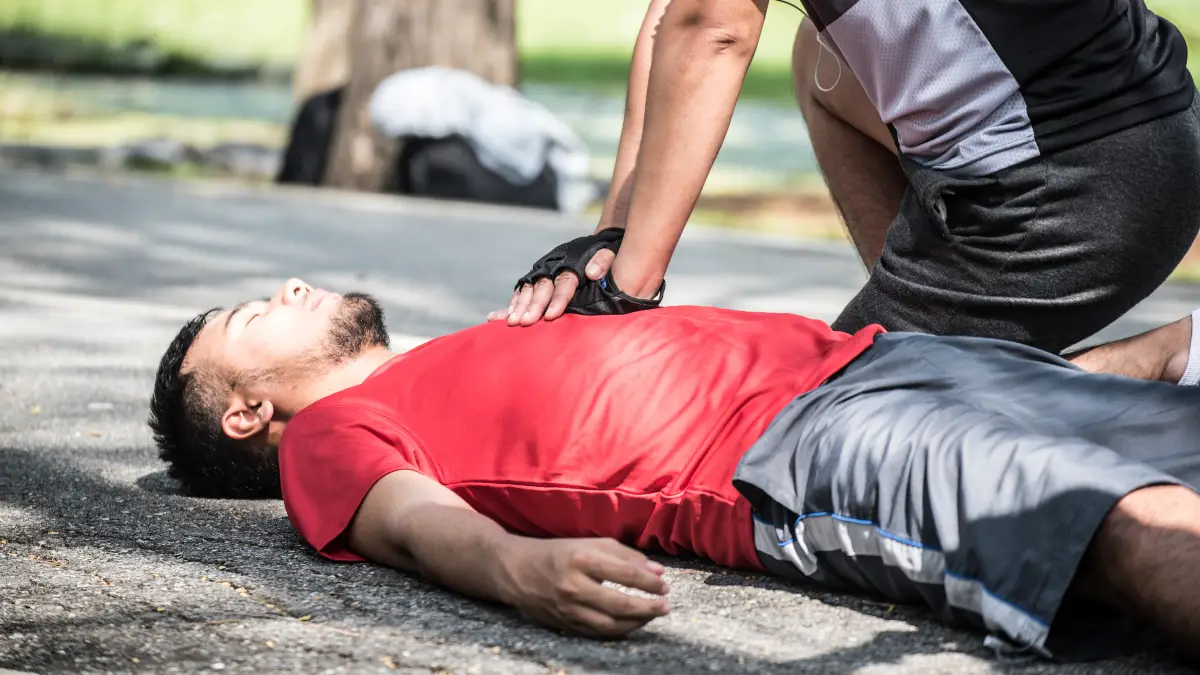
When someone’s heart stops or they’re bleeding severely, the minutes before professional help arrives often determine survival. FEMA has emphasized these two skills as essential for 2025 preparedness.
Hands-only CPR is simple to learn and incredibly effective:
- Call 911 first
- Push hard and fast in the center of the chest (100-120 compressions per minute)
- Continue until help arrives
For severe bleeding:
- Apply direct pressure to the wound using clean cloth
- If bleeding continues, add more cloth without removing the first layer
- For limb wounds, elevate above the heart if possible
The Red Cross’s September 2024 guidance confirms that immediate CPR can double or triple a cardiac arrest victim’s chance of survival. And controlling bleeding quickly can prevent someone from bleeding out before help arrives.
Both skills require minimal equipment but can save a life in minutes. Consider taking a Red Cross course that offers hands-on practice with instructor feedback.
Weekend challenge: Watch the American Red Cross YouTube videos on hands-only CPR and practice the technique on a pillow.
13. Weather Awareness & Monitoring: Staying Ahead of Storms
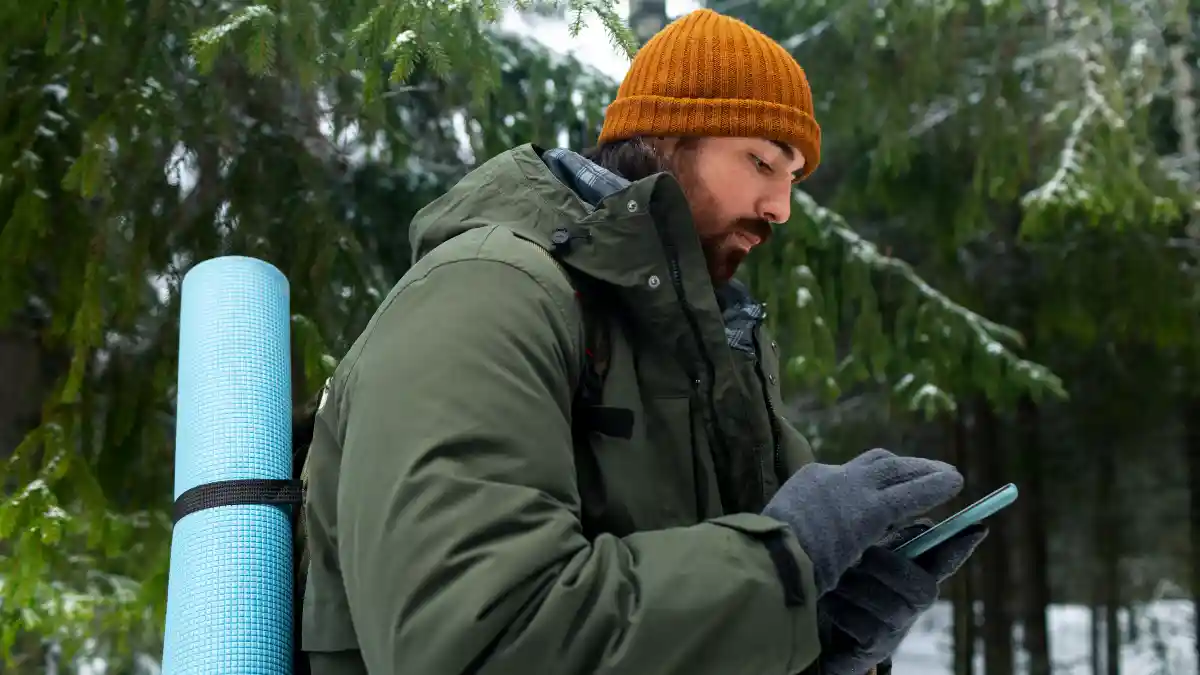
2024 broke records with devastating weather, the second-highest tornado count in U.S. history (1,735), five major hurricanes, and the hottest global temperatures ever recorded. These trends make weather monitoring a critical survival skill.
Effective weather awareness includes:
- Checking forecasts daily during storm seasons
- Recognizing warning signs (sudden pressure changes, wall clouds, etc.)
- Understanding the difference between watches (possible) and warnings (imminent)
- Having multiple ways to receive alerts (weather radio, phone, local sirens)
The destruction from 2024’s weather was catastrophic. Hurricane Helene alone caused $79.6 billion in damage and 219 deaths, while Hurricane Milton brought another $34.3 billion in damages and 32 deaths.
A NOAA Weather Radio with battery backup is your most reliable alert system. Unlike cell phones, these radios activate automatically for emergencies and work when power and cell towers fail.
The free FEMA app also provides real-time alerts for up to five locations, making it perfect for monitoring where your family members live or work.
Action item: Download the FEMA app today and set up alerts for your home, workplace, and where your children go to school.
14. Wildfire Safety & Evacuation: When Minutes Matter
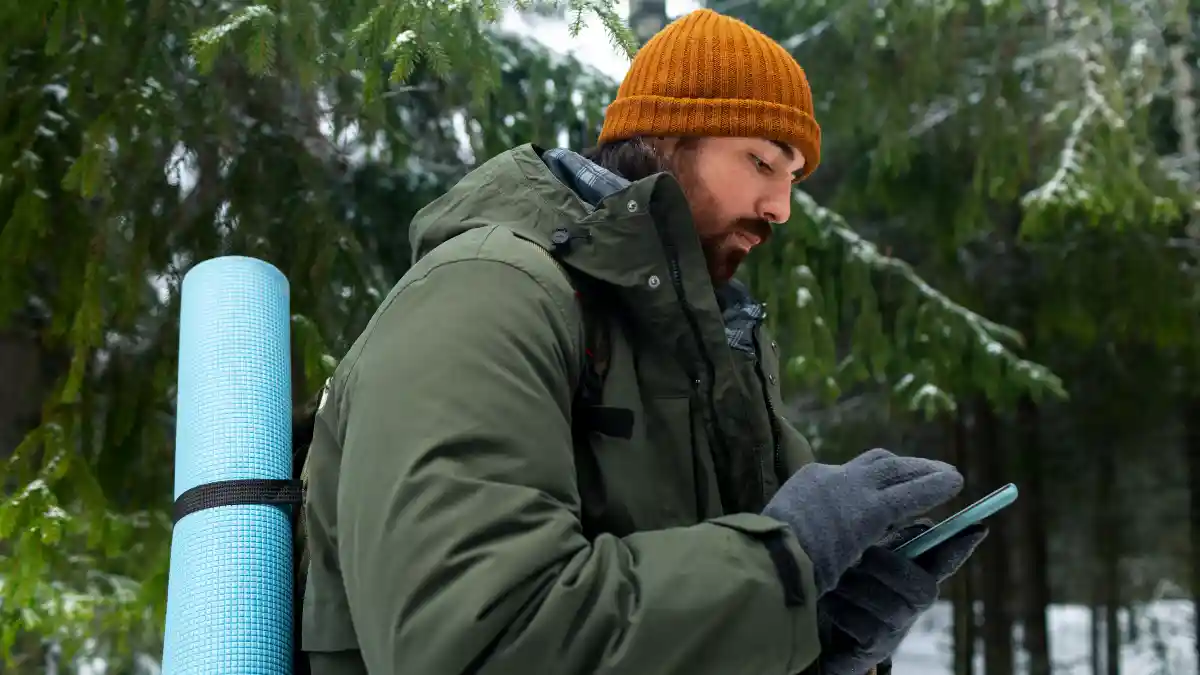
2024 saw catastrophic wildfires across North America, including Texas’s largest wildfire in recorded history. With 17 of the 20 largest California fires occurring since 2000, this threat continues to grow.
Protecting your home starts with creating defensible space:
- Zone 1 (0-30 feet from buildings): Remove dead vegetation, keep grass short, prune tree branches away from roof
- Zone 2 (30-100 feet): Reduce brush, space trees, remove ladder fuels
For evacuation preparedness:
- Create a go-bag with essentials (medications, documents, clothing)
- Develop and practice evacuation routes (at least two directions)
- Plan for pets and livestock
When evacuation warnings come, don’t wait—leave immediately. Most wildfire deaths occur when people delay evacuation, trying to gather belongings or protect property.
Weekend project: Walk around your property and remove the three biggest fire hazards you can identify (dead vegetation, woodpiles near house, etc.).
15. Flood Preparedness: Rising Water Risks
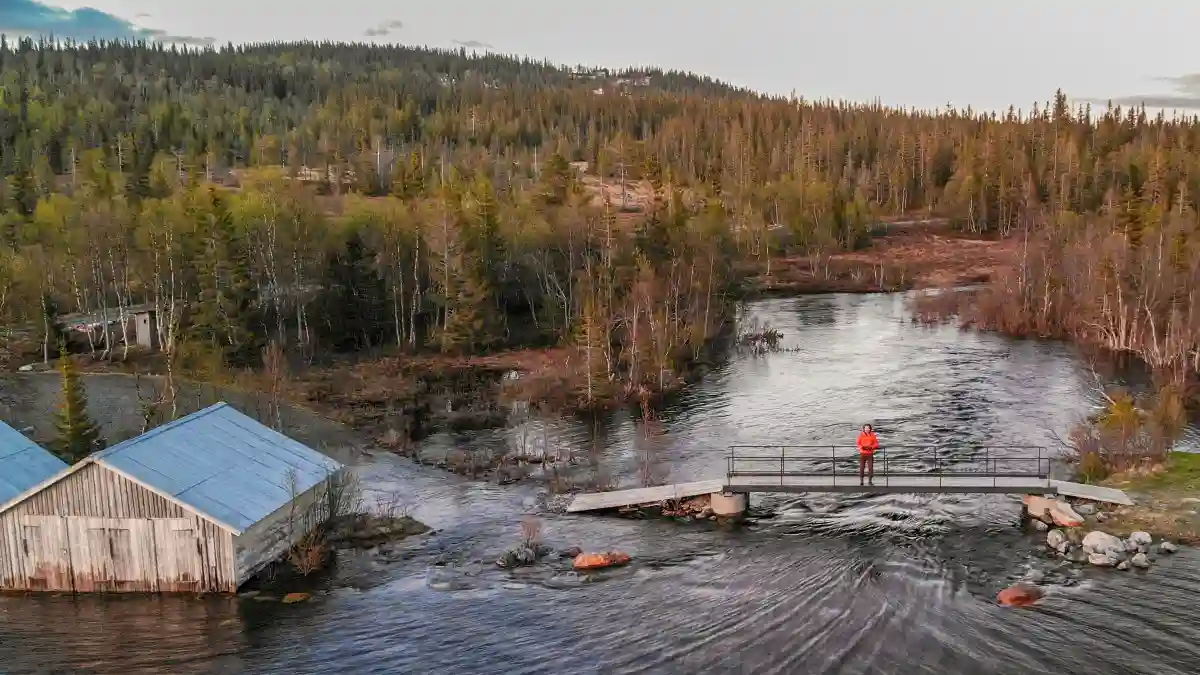
Flooding causes more deaths than any other natural disaster in America. Most Hurricane Helene victims died from flash flooding, not wind damage.
Understanding flood risks means:
- Knowing if you live in a flood zone (check FEMA flood maps online)
- Recognizing that even “low risk” areas can flood during extreme rain
- Planning evacuation routes that avoid low-lying areas
- Never driving through flooded roads (just 6 inches of water can sweep away a person)
The phrase “Turn around, don’t drown” saves lives. Over half of flood deaths happen in vehicles when drivers attempt to cross flooded roads. Water just 12 inches deep can float a car, and 2 feet can carry away most vehicles.
If flooding is likely, move valuable items to higher floors, turn off utilities at the main switches, and evacuate early before escape routes become impassable.
Quick tip: Keep important documents in waterproof containers stored on upper floors.
16. Extreme Weather Response: When Records Break
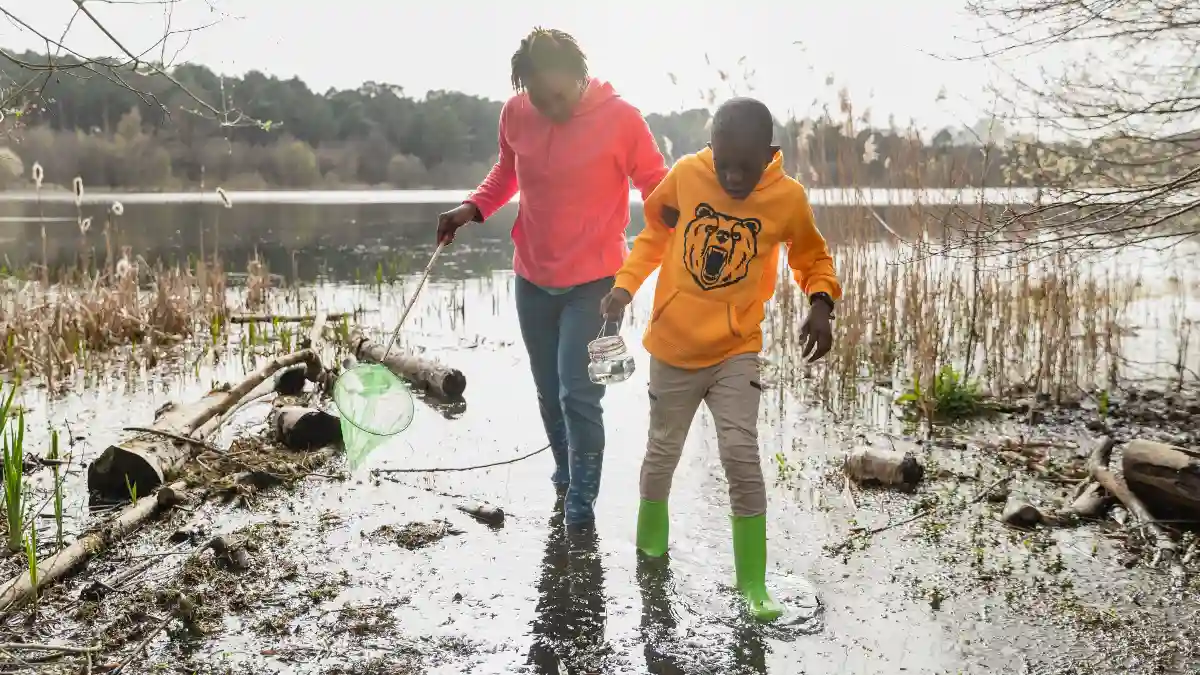
The time between billion-dollar weather disasters has shrunk dramatically—from 82 days in the 1980s to just 12 days in recent years. This means you need to prepare for multiple types of extreme weather.
For hurricanes:
- Secure outdoor items
- Board windows or close storm shutters
- Fill bathtubs and containers with water
- Know your evacuation zone and routes
For tornadoes:
- Move to the lowest level, center of your home
- Stay away from windows
- Cover yourself with blankets or mattresses
- Wear a helmet if available
For extreme heat:
- Stay in air-conditioning during hottest hours
- Drink plenty of water (even if not thirsty)
- Wear light, loose-fitting clothing
- Check on vulnerable neighbors
Your home should have a designated “safe room” for each weather threat. Make sure everyone in your household knows where to go when warnings are issued.
Action item: Identify your home’s safest location for each weather threat and share with family members today.
17. Wilderness Awareness: Reading Nature’s Signs

Being truly safe in the wilderness means developing awareness of your surroundings. This skill helps you avoid dangers before they become emergencies.
Key awareness skills include:
- Recognizing potentially dangerous terrain (unstable ground, flash flood zones)
- Identifying harmful plants (poison ivy, oak, sumac)
- Understanding basic animal behavior and signs (tracks, scat, sounds)
- Reading weather indicators (cloud formations, wind shifts, animal behavior changes)
Animals rarely attack humans without warning. Learning to recognize threat displays and giving wildlife space prevents most dangerous encounters. This is increasingly important as climate change pushes wildlife into new areas.
Practice “fox walking”—moving slowly and quietly while regularly stopping to look, listen, and feel your surroundings. This traditional awareness technique helps you notice subtle changes that might indicate danger.
Practice tip: Sit quietly in nature for 15 minutes. Note everything you hear, smell, and see. This builds your baseline awareness.
18. Cooking Over Open Flame: Food When the Power’s Out
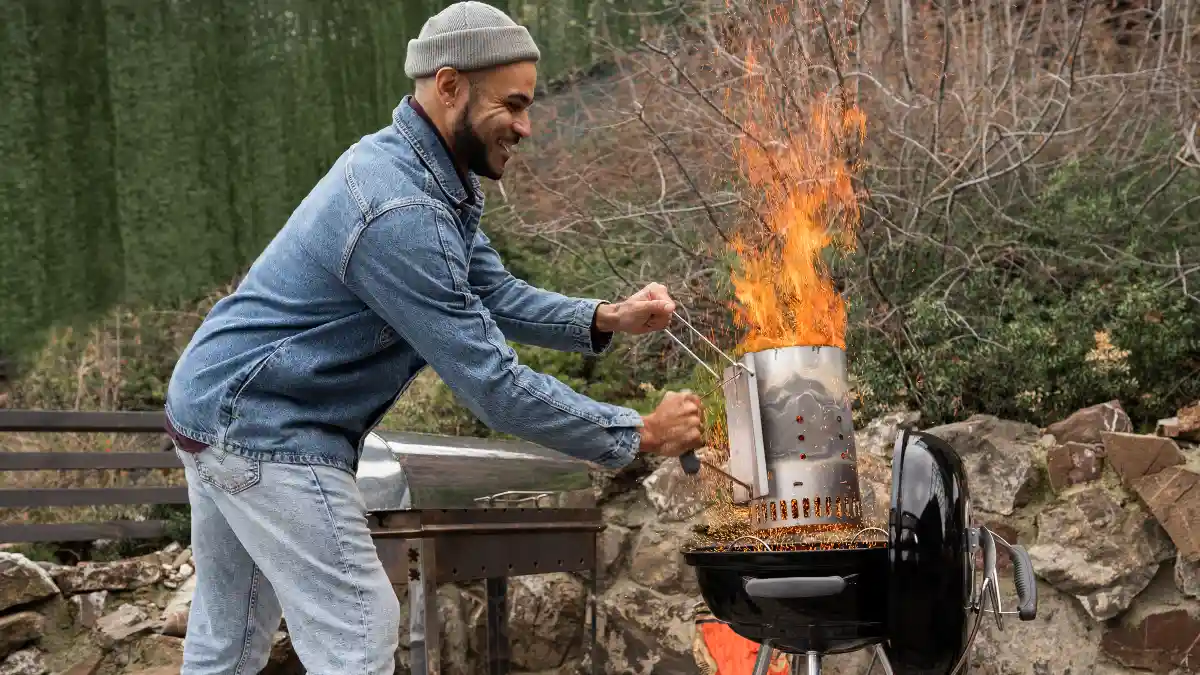
When extended power outages hit, cooking becomes a critical skill. Beyond survival, hot meals boost morale during stressful situations.
Master these basic methods:
- Direct cooking: Food placed directly over flames (skewers, hot dogs)
- Pan cooking: Using cast iron or steel cookware over coals
- Foil packet cooking: Food wrapped in foil placed near coals
- Boiling: Water in metal containers for soups, coffee, or purification
Start with simple one-pot meals that require minimal ingredients and cook quickly. Rice, pasta, canned proteins, and dried vegetables form the backbone of emergency cooking.
Always cook in well-ventilated areas to avoid carbon monoxide poisoning. Never use cooking flames inside tents or poorly ventilated spaces.
Weekend project: Cook one meal outdoors using only matches and found wood. Time yourself from start to finish.
19. Basic Vehicle Maintenance: Keeping Mobile When It Matters

During evacuations, a disabled vehicle can be life-threatening. Basic maintenance skills keep you mobile when professional help isn’t available.
Essential skills everyone should know:
- Changing a flat tire (practice before you need it)
- Jump-starting a dead battery (remember: positive to positive, negative to engine block)
- Adding fluids (oil, coolant, washer fluid)
- Checking tire pressure and tread depth
Always keep a basic emergency kit in your vehicle:
- Spare tire, jack, and lug wrench
- Jumper cables or portable jump starter
- Basic tools (screwdrivers, adjustable wrench, pliers)
- Flashlight, emergency blanket, first aid supplies
- Phone charger or power bank
These skills and supplies can mean the difference between reaching safety and being stranded during evacuation orders.
Quick check: Verify today that your spare tire is properly inflated and your jack is complete and functional.
20. Community Emergency Response (CERT): Strength in Numbers
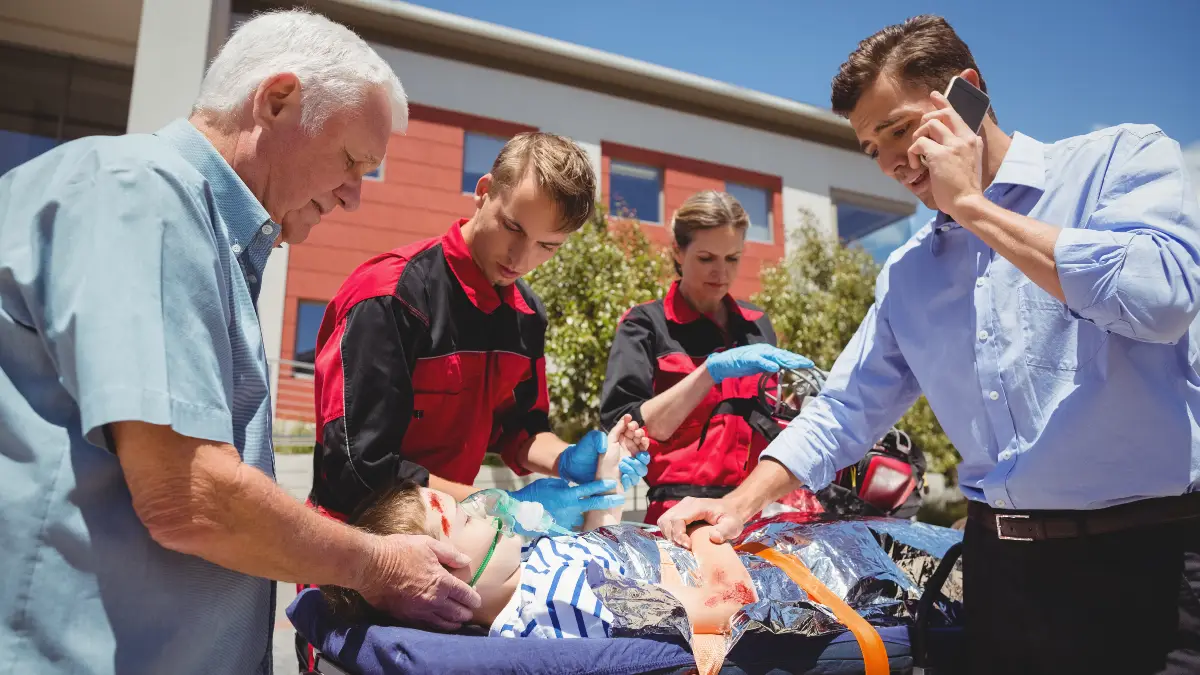
When disasters overwhelm professional responders, CERT volunteers become crucial. FEMA’s Community Emergency Response Team program provides free training to ordinary citizens, creating neighborhood response teams.
CERT members learn:
- Disaster medical operations
- Light search and rescue
- Fire safety
- Team organization
- Disaster psychology
With over 60% of communities reporting gaps in emergency response capabilities, CERT volunteers help fill critical needs during the first 72 hours after disasters—often before outside help arrives.
FEMA is actively promoting CERT for 2025 as part of its community resilience strategy. Training typically involves 20 hours of instruction followed by periodic refresher courses and team exercises.
CERT skills complement individual preparedness, creating stronger, more resilient neighborhoods where neighbors help neighbors during crises.
Action step: Find your local CERT program at community.fema.gov and sign up for the next available training.
21. Self-Defense Awareness: Staying Safe in Uncertain Times

During disasters, normal social structures can break down. Self-defense awareness focuses first on preventing dangerous situations, then on responding if necessary.
The foundation of self-defense is situational awareness:
- Stay alert to your surroundings
- Trust your instincts about uncomfortable situations
- Project confidence through posture and movement
- Avoid potential danger zones during emergencies
If confrontation can’t be avoided:
- Create distance
- Use a loud, commanding voice
- Keep obstacles between you and potential threats
- Know basic blocking movements to protect vulnerable areas
The best self-defense is avoidance. Practice awareness habits daily: scan entrances and exits when entering buildings, limit distractions in public (like headphones), and maintain distance from strangers during chaotic situations.
Practice tip: As you walk through public spaces, mentally note possible exit routes and identify potential defensive tools in your environment.

